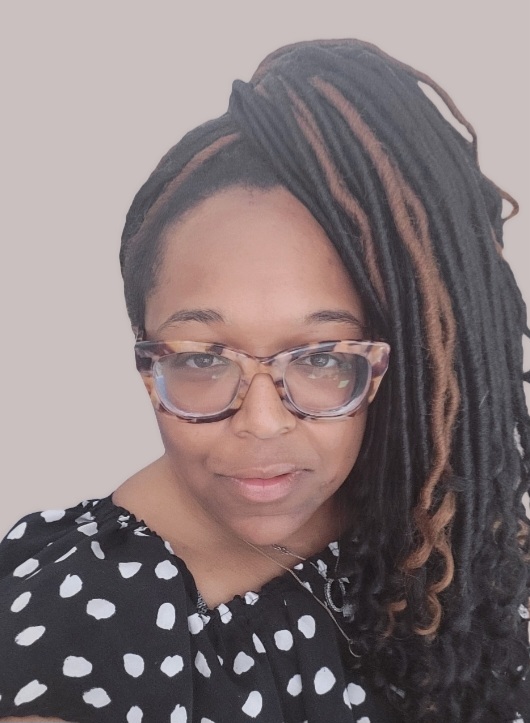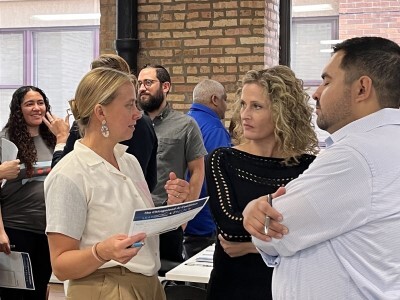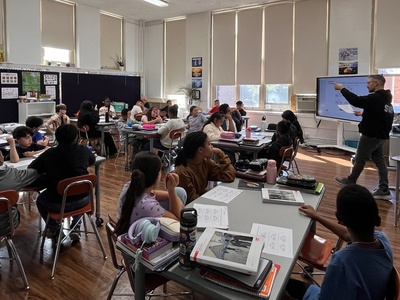Professional Learning
Phonics and More—Secondary Teachers Need Literacy Training, Too
Topics
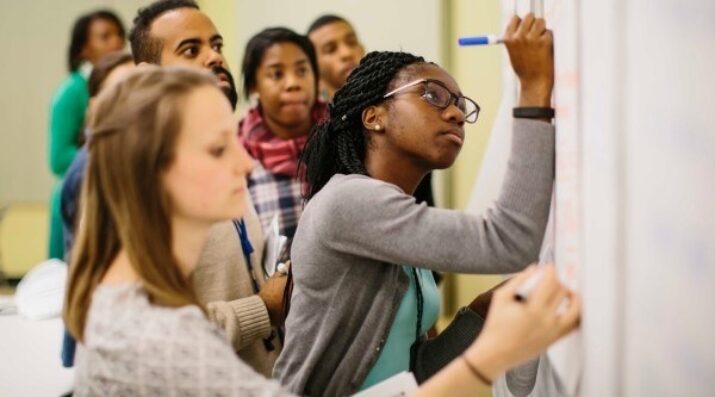
Educators are the lead learners in schools. If they are to enable powerful, authentic, deep learning among their students, they need to live that kind of learning and professional culture themselves. When everyone is part of that experiential through-line, that’s when next generation learning thrives.
Many middle and high school students struggle with reading. With training, tools, and a shift in mindset in schools, ELA teachers can help learners access great literature alongside their peers.
Let’s consider a common classroom scenario:
Kevin is a 9th grade student in your English class. He’s outgoing and articulate, often asking his classmates probing questions and able to connect ideas. But when it’s time for popcorn reading, he shrinks back. He mumbles, often mispronouncing or skipping words. His reading comprehension scores are very low, and he’s been labeled a student of concern. What should you do?
Many middle and high school teachers would reasonably answer—Refer him to the reading specialist or Special Education team. Kevin likely has reading difficulties that are beyond my training, and I don’t have space within my literature curriculum to catch him up.
And if Kevin were the only student who was struggling this mightily, that might be the best course. However, in many schools around the country, that is not realistically the case. We are familiar with the sobering statistics: in 2022, only 29 percent of 8th grade students nationwide scored proficient or higher on the NAEP reading exam. More sobering still, 32 percent of students scored below basic. That’s one in three students without the basic reading comprehension skills for high school level work. While classrooms will vary, we cannot ignore the extent of the comprehension problem.
Secondary school English language arts (ELA) teachers often choose that grade level because they love literature and writing. They are comfortable supporting students with background information, new vocabulary, or guidance on tone and imagery. If we just do more of that, we think—we can improve comprehension.
Yet for many of our struggling students, the issues are likely more foundational. One 2018 study looked at decoding skills in over 30,000 students in grades 5-10, and found a specific threshold (235 on the Capti Assess tool) below which students showed stagnant growth in comprehension. In other words, students needed to get past a certain level of decoding skills for comprehension to start improving at all. The study also found that as many as 38 percent of Grade 5 students and 19 percent of Grade 10 students scored below that threshold. That’s one in five sophomores.
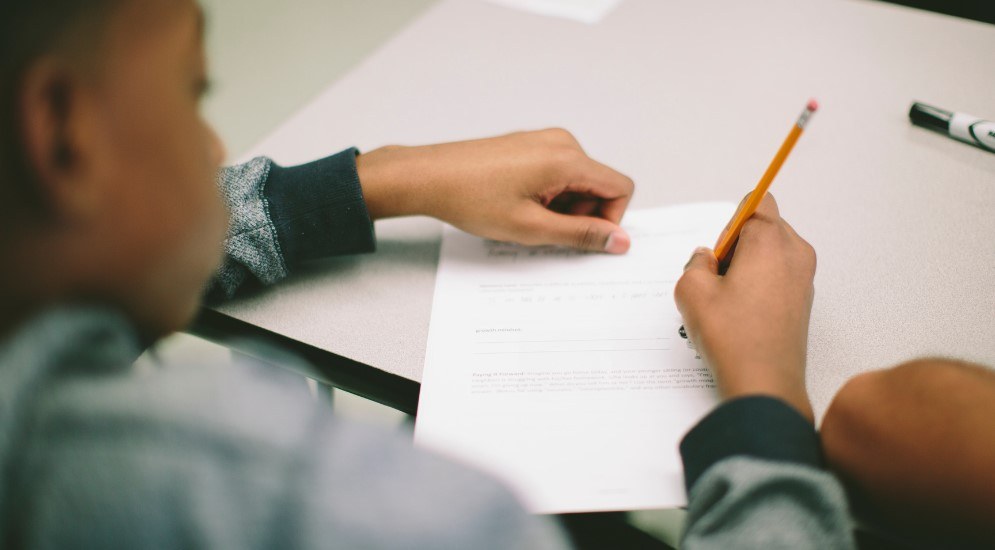
After 10 years as an ELA teacher, and now as a professor in teacher education, it has become clear to me—secondary school ELA teachers are literacy teachers. In fact, all teachers are literacy teachers (but we will save that argument for another blog post). But teacher training programs do not usually give middle and high school teachers the skills to recognize, assess, and address literacy issues within their classrooms. Reading specialists can help, but they cannot fully support one in five sophomores.
We also need a mindset shift among secondary ELA teachers, and the schools they teach in. We do not want to focus on phonics and decoding in high school. Of course, we want our students to access complex texts of all genres! But if the reality is that they are struggling, we only perpetuate a culture of shame by downplaying the root causes. We honor our students by meeting them where they are and equipping every ELA educator with evidence-backed, age-appropriate tools to help them access great literature alongside their peers.
So, what can we do? At Relay Graduate School of Education, we address these concerns through a course, The Science of Teaching Reading for Secondary ELA Teachers, which aims to both build literacy skills and shift mindsets. We help them with two big buckets:
- Reading assessments: Understanding reading assessments that go beyond Lexile level and actually identify decoding strengths and challenges.
- Strategies to incorporate literacy into a middle or high school class: This may mean thoughtfully planning reading groups and planning scaffolded support or rethinking the approach to background and vocabulary instruction to include integrated decoding practice for students who need it.
Initial responses from our Relay students have been very encouraging. Survey data from our summer 2022 implementation of the course indicated that 95 percent of respondents found the course relevant to their current teaching practices. We encourage more schools of education to consider the importance of literacy training for secondary school teachers.
We may wish that all high schoolers could read Zora Neale Hurston or Jane Austen with ease. But many cannot—yet. We must empower teachers to create spaces where students can get the support they truly need, so that all great literature is accessible to all students.
All images courtesy of Relay Graduate School of Education.

